Many readers will have memories of the iconic corner shop, selling groceries and daily necessities in the midst of suburban housing. But it was not only the mixed businesses that set up on the prominent and prized corner blocks.
In 1892 the Newcastle Morning Herald and Miners’ Advocate in a feature article on the “rapidly-rising mining suburb of New Lambton” noted “a hairdressing saloon is kept by Mr. T. Griffiths.” In 1903 Ralph Snowball photographed Thomas Griffiths’ hairdresser and tobacconist shop, situated on the corner of Lambton Road and Rugby Road. The subsequent history of the business is somewhat difficult to determine, there being at least four different Thomas Griffiths in early New Lambton, two of whom lived on Lambton Road. Aerial photographs from the NSW Historical Imagery website show that the shop building was demolished sometime between 1966 and 1974.
The other end of Lambton Road, at the intersection with Railway Street, was another location of corner commerce. William Oldham originally intended to open a hotel there, and in 1876 he applied three times for a publican’s license, without success. Advertisements indicate that by 1878 he was running a butcher shop there, and when William died in 1889 his son Joseph took over.
However, it seems Joseph Oldham was more interested in civic service than continuing the family business. When New Lambton Municipality formed in 1889, Joseph was one of the nine aldermen first elected to the Council. In March 1890 he was elected as New Lambton’s second mayor.
After being narrowly defeated in the 1891 election, Oldham advertised the sale of his butcher shop building and equipment and took on the role of Works Foreman for the council. Griffiths and Oldham are but two examples of the many suburban businesses that have come and gone over the years. When the big corporate shopping centres arrived in Newcastle (Jesmond in 1964, Kotara in 1965) the competitive pressure forced the closure of many corner shops, and few remain today.

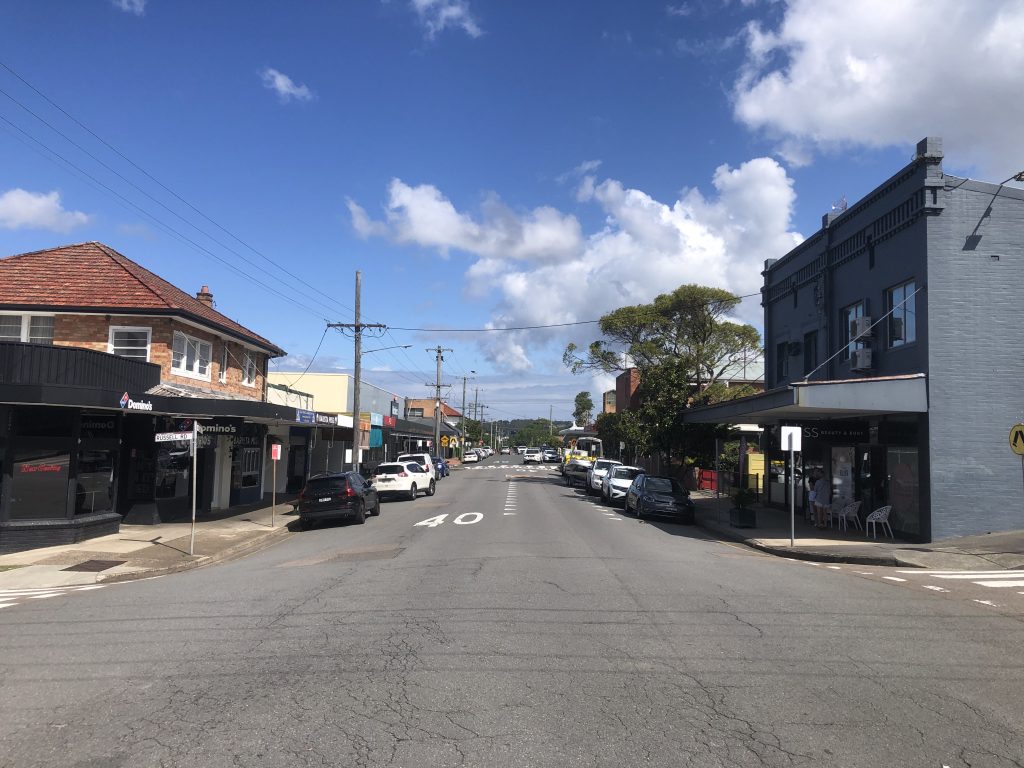
The article above was first published in the May 2023 edition of The Local.
Additional Information
Thomas Griffiths, hairdresser
Identifying the location of Thomas Griffiths hairdressing salon photographed by Snowball in 1903, was a tricky process, due to scant information, and there being more than one person named Thomas Griffiths in New Lambton at the time.
Personal notices in the newspaper on 5 February 1885 and 7 February 1885 show that Thomas and Mary Griffiths had a house “opposite the public school”, and that Mary, not Thomas, was the owner of the house. This area was part of the Newcastle Pasturage Reserve, also known as the Commonage. After the government had passed legislation to allow residents of the Commonage to purchase the land they were living on, an application by Mary Griffiths to to purchase portion 1306 for £78 16s was accepted by the Land Board on 14 August 1890. On 13 September1892 there is a brief mention in a newspaper article on the progress of New Lambton that “a hairdressing saloon is kept by Mr. T. Griffiths.”
Mary’s purchase of land portion 1306 was later registered on 20 June 1901 in Vol-Fol 1365-3, with the purchaser shown as “Mary Griffiths, a married woman of New Lambton.”
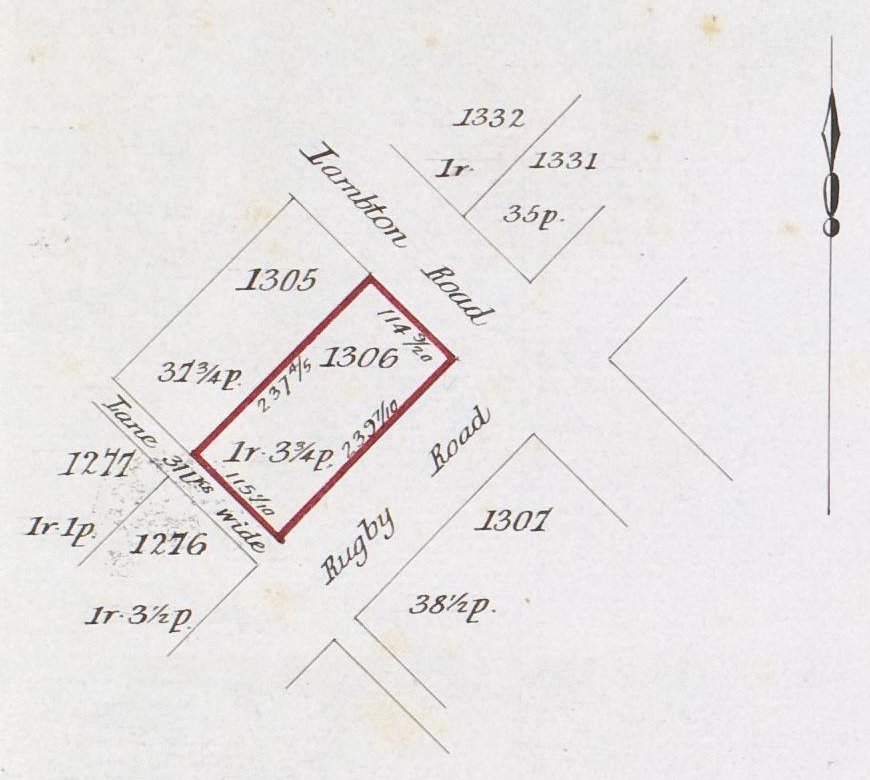
In October 1901, portion 1306 was subdivided into two halves, with the western half (on the corner with Lambton Lane) sold to “Thomas Griffiths of New Lambton, Hairdresser” in Vol-Fol 1377-2.
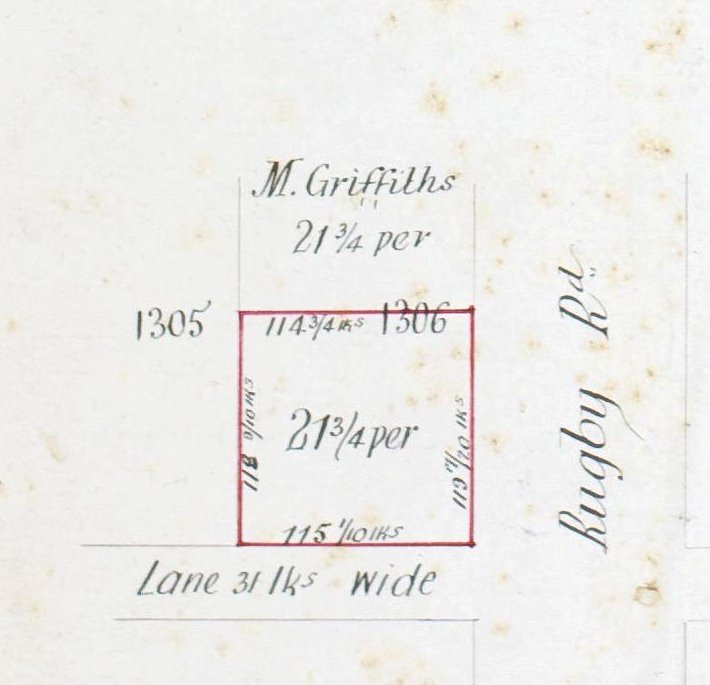
The northern half was retained by Mary Griffiths, however the land title Vol-Fol 1377-14 on 16 October 1901 now lists her as “Mary Griffiths of New Lambton, Widow“. This suggests that her husband Thomas had died sometime prior to October 1901, and that she had a son. also named Thomas, who was the hairdresser.

The Federal Directory of Newcastle and Districts in 1901, lists Thomas Griffiths as a barber in Lambton Road.
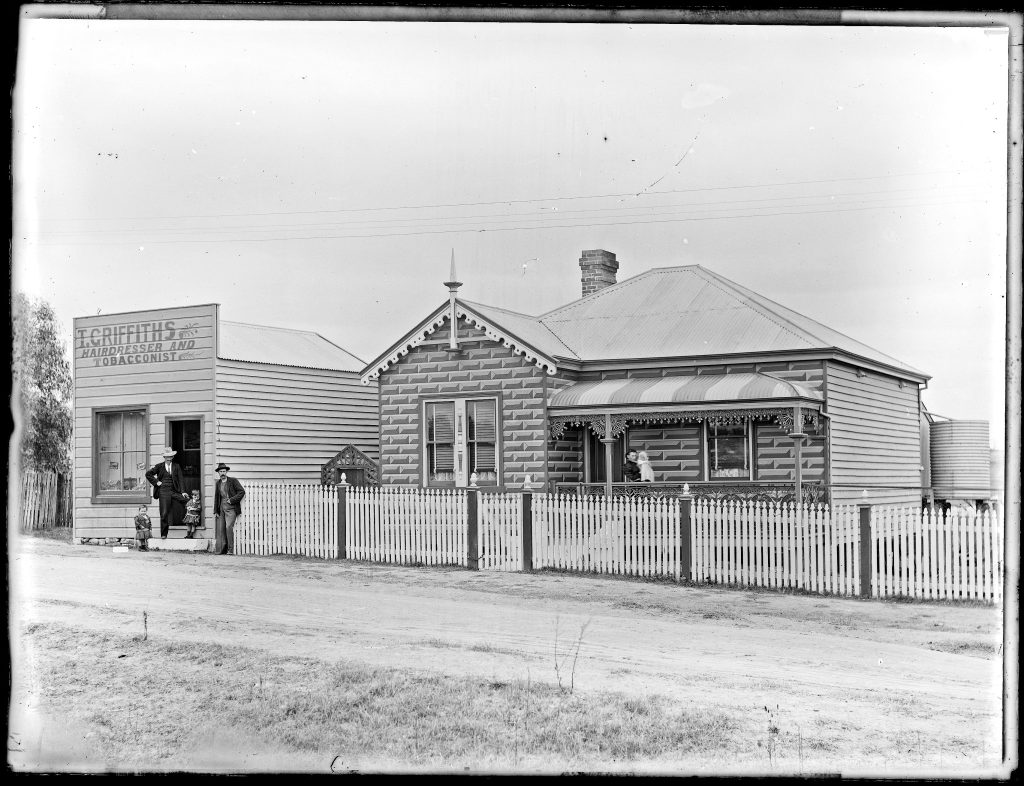
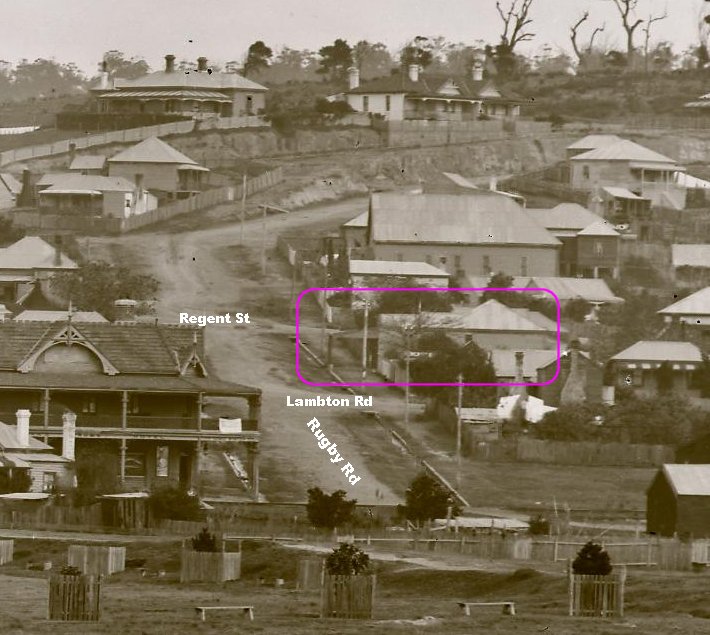
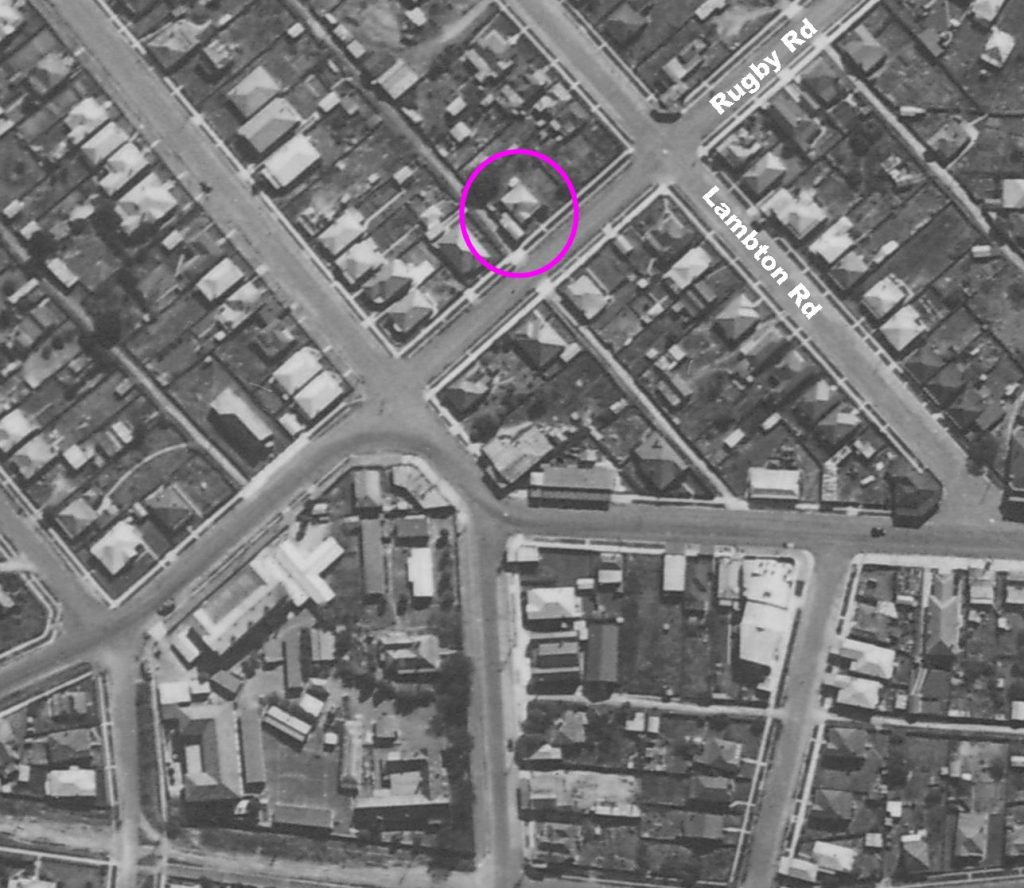
I have not been able to determine how long Thomas Griffiths operated as a hairdresser at the Rugby Road site. Griffiths retained ownership of the land until 1955, when it was sold to “Glen Maloney of New Lambton, hairdresser.”
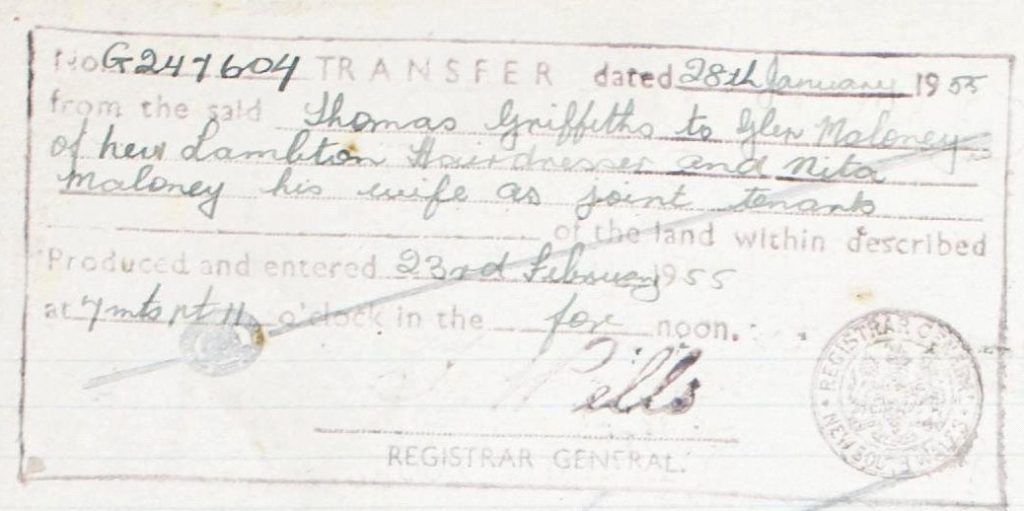
Although there’s no indication of where exactly in New Lambton the following photo of Glen Maloney was taken, as I hated having my hair cut as a kid I couldn’t resist including this photo.
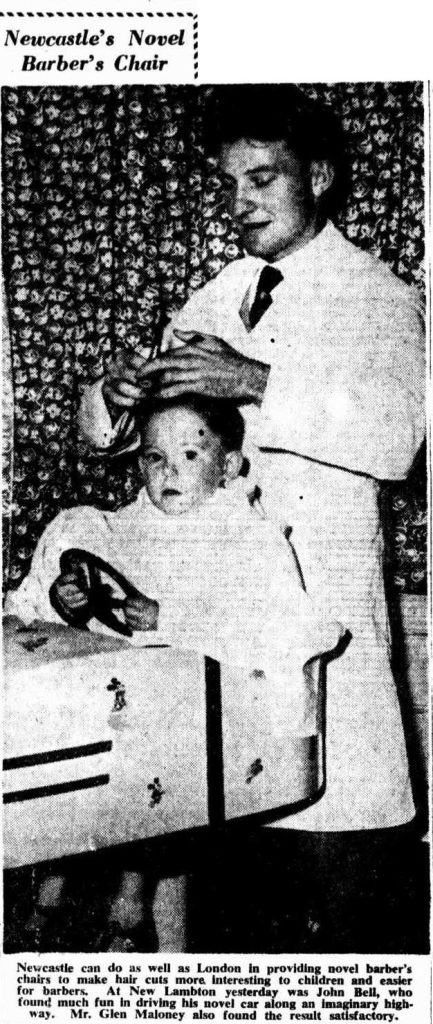

Thomas Griffiths, Miner
Also living on Lambton Road, was another Thomas Griffiths, who was a miner. On 14 August 1890, Griffiths’ application for portion 1300 on the Newcastle Pasturage Reserve was accepted, and the purchase later registered on land title Vol-Fol 2141-172., when the land ownership was transferred to his wife Mary after his death on 7 March 1910.
Mr. Thomas Griffiths, an old and respected resident of New Lambton, died very suddenly yesterday … He followed the occupation of a miner, and worked in the old Borehole mine in its early stages and afterwards at the Lambton Colliery when first opening out. He continued at this mine until it temporarily suspended operations, some few years ago, after which he retired from active work.
Newcastle Morning herald and Miners’ Advocate, 8 March 1910.

A miner’s cottage stood upon this block of land for many years until it was destroyed by fire on 30 March 2023.
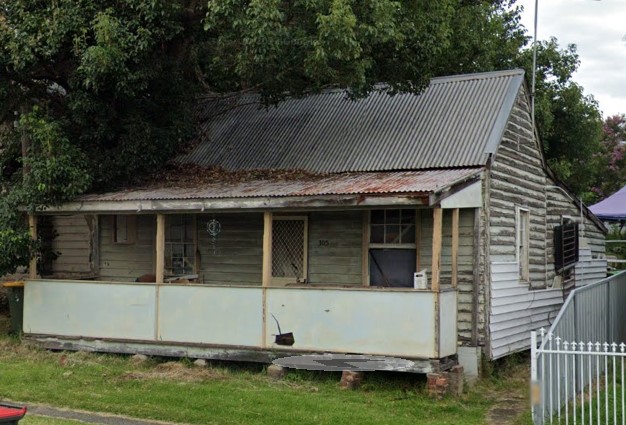

Thomas George Griffiths, mine manager
Yet another Thomas Griffiths associated with New Lambton, was Thomas George Griffiths, who managed various small collieries in the area.
Oldham’s Butcher Shop
The first mention of William Oldham as a butcher in New Lambton is on 14 September 1878, in a public notice advising that Oldham was taking sole control of the butchering business formerly conducted in partnership with Michael Fenwick. The exact location of the business is not stated in the notice, nor in subsequent advertisements.
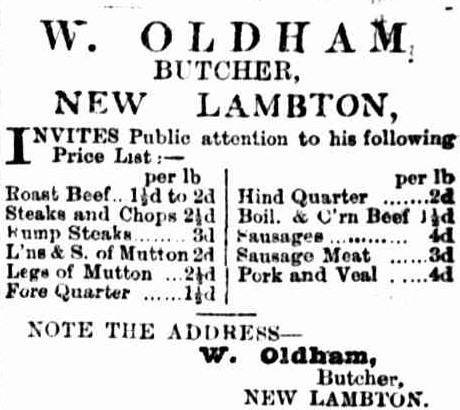
The first time the location of Oldham’s butcher shop is revealed, is in an advertisement on 5 June 1886 where the premises are described as being “near New Lambton Bridge.” An 1887 article on tramway stops makes it clear that the bridge referred to was the Lambton Colliery bridge.
If the traffic manager would appoint a stopping place on the New Lambton side of the railway bridge near Mr. Oldham’s butcher’s shop, he would confer a boon on the large number of people living around.
Newcastle Morning Herald and Miners’ Advocate, 12 November 1887.
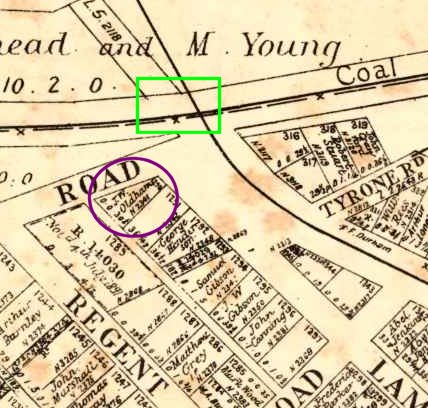
On 19 August 1890, the application by Joseph W. Oldham to purchase portion 1890 of the Newcastle Pasturage Reserve was granted by the Land Board, and the ownership subsequently registered on land title Vol-Fol 1061-30.

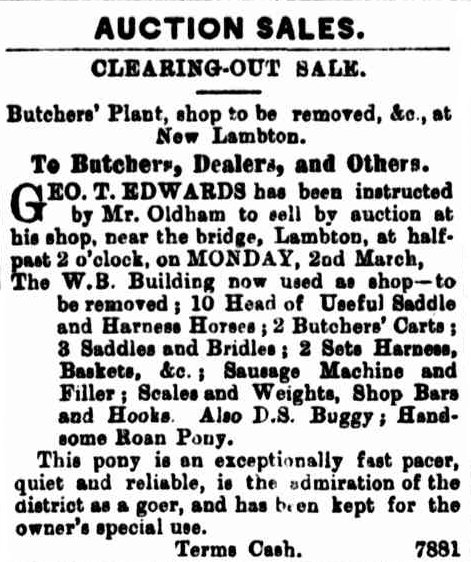
Joseph Oldham died on 15 January 1929, with his obituary outlining a very varied career …
Born at Lambton in 1861, Mr. Oldham had a varied career. At one period he was a master butcher at New Lambton, but sold out, and was appointed works foreman of New Lambton Council. In addition, he was an alderman and was the second Mayor to occupy the chair of New Lambton Council. He occupied the position of works foreman for five years, and then became the licensee of the Commercial Hotel. The South African diamond mines next claimed Mr. Oldham’s attention, and he was away from Australia for nearly two years. Returning, he was engaged at the West Wallsend and Lambton collieries as a miner and check inspector. Mr. Oldham next accepted the position of town clerk of Lambton. He remained there seven years, and 18 years ago was appointed town clerk at Stockton. He occupied this position for 11 years, and resigned to again enter into business on his own account. Real estate claimed his attention, and he also assisted his sons with their butchery business.Mr. Oldham is survived by his wife, four sons (Messrs. Joseph, Leslie, Eric and Hiram Oldham), and six daughters (Mesdames J. Collinson, J. Webster, E. M. Hughes, H. Hutton, C. L. Sutton and Miss Jean Oldham). One son was killed at the war.
The Newcastle Sun, 16 January 1929.Shopping Centres
The first modern shopping centre to open in Australia, was a Chermside in the suburbs of Brisbane, in May 1957. In Newcastle the first shopping centre was opened by Woolworths at Jesmond in 1964. Named the Jesmond Regional Shopping Centre, the 12 acre site on Bluegum Road Jesmond had 25 shops including a Big W store.

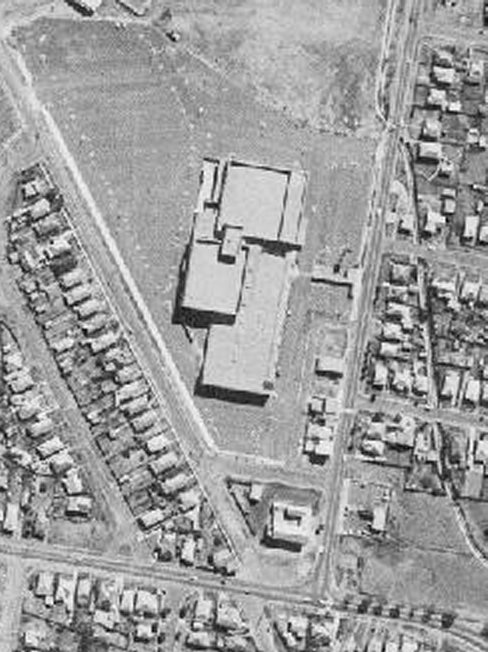
In October 1965 Woolworths opened “Kotara Fair” shopping centre on a 17 acre site, with a supermarket, Big W, and 27 smaller shops for lease.

Newspaper articles
Thomas Griffiths
| Article Date Event Date | Notes |
|---|---|
| 5 Feb 1885 | "NOTICE TO BUTCHERS, STOREKEEPERS, AND OTHERS. I WILL not be responsible for any debts contracted by my wife Mary Griffiths, on and after this date. THOMAS GRIFFITHS, Opposite Public School, New Lambton." |
| 7 Feb 1885 | "CAUTION. THE public are hereby cautioned not to PURCHASE the HOUSE opposite the Public School, New Lambton, which was advertised for sale by Thomas Griffiths, as the house belongs to me. MARY GRIFFITHS." |
| 13 Feb 1892 | "A hairdressing saloon is kept by Mr. T. Griffiths. " |
| 28 Jan 1893 | "Thomas Griffiths, hairdresser, New Lambton", defendant in a case of alleged assault. |
| 17 Jul 1900 | "LOST, a Silver-plated Lamp Socket bebetween Young-rd. extension and Broadmeadow. Reward on leaving the same with Thomas Griffiths, Hairdresser, New Lambton." |
| 12 Jul 1901 | "A meeting of the friends Mrs. Parson, of Lambton-road, whose husband died a few weeks ago leaving her and 11 children in destitute circumstances, was held at Mr. Thos. Griffiths' hairdresser, last night." |
| 8 Mar 1910 7 Mar 1910 | Death of Thomas Griffiths, miner, of Lambton Road, New Lambton. |
| 2 Apr 1965 | Woolworths report on operations in 1964 ..."During the year , 63 new stores were opened in Australia, many of which were relocation of existing stores.. The most notable development was the establishment of the 25-unit Jesmond Regional Shopping Centre." |
| 14 Jul 1965 | "Woolworths Ltd would open a £2 million shopping centre at Kotara, Newcastle, in October, Mr Theo Kelly, chairman and managing director of the company, said today. It would be known as Kotara Fair and would be the firm's second drive-in shopping centre in the Newcastle district. "The Kotara Fair will provide one-stop shopping for a wide circle of suburbs, being readily accessible from all parts of Newcastle," Mr Kelly said. The shopping block covers 17 acres and has 170,000 square feet of trading space, comprising an air-conditioned 67,000 sq ft "Big W" department store, a 28,000 sq ft Woolworths supermarket and 27 smaller shops, available for leasing." |
Oldham’s Butcher Shop
| Article Date Event Date | Notes |
|---|---|
| 5 Jul 1876 | "PUBLIC-HOUSES. Mr. Oldham has also made some alterations to his house, and intends trying the Bench again." |
| 12 Jul 1876 | "William Oldham applied, for the third time, for a license for a house situated on the Commonage Reserve, near the Lambton Colliery." Application withdrawn after objections made. |
| 16 Aug 1876 | "Mr. W. Oldham, who three times applied for a publican's license, and each time was refused, chiefly through the opposition of Mr. Croudace, has now, I understand, applied for a colonial wine license. Mr. Croudace, determined not to be beaten, has commenced to erect a fence round Oldham's house, so that if he gets the wine no one shall go near to drink it. They seem determined to fight it out." |
| 14 Sep 1878 | William Oldham takes sole control of the butchering business that Michael Fenwick was formerly a partner in. |
| 1 Dec 1880 | Advertisement for W Oldham, butcher, New Lambton. |
| 5 Jun 1886 | "EDWARDS & TIGHE have received instructions from Mr. Oldham, to sell by auction, at his premises, near New Lambton Bridge …50 pigs, 2 double seated buggies …" |
| 12 Nov 1887 | "If the traffic manager would appoint a stopping place on the New Lambton side of the railway bridge near Mr. Oldham's butcher's shop, he would confer a boon on the large number of people living around." |
| 4 Jun 1889 12 Apr 1889 | Death of William Oldham, of New Lambton. |
| 28 Feb 1891 | "CLEARING-OUT SALE. Butchers' Plant, shop to be removed, &c., at New Lambton. To Butchers, Dealers, and Others. GEO. T. EDWARDS has been instructed by Mr. Oldham to sell by auction at his shop, near the bridge, Lambton … the W.B. Building now used as shop, … Sausage Machine and Filler; Scales and Weights, Shop Bars and Hooks." |
| 21 Mar 1891 | "FOR SALE, privately, four Saddle and Harness HORSES, Sausage Machine, and Filler. J. W. OLDHAM, New Lambton." |
| 16 Jan 1929 15 Jan 1929 | Death of Joseph Oldham. |

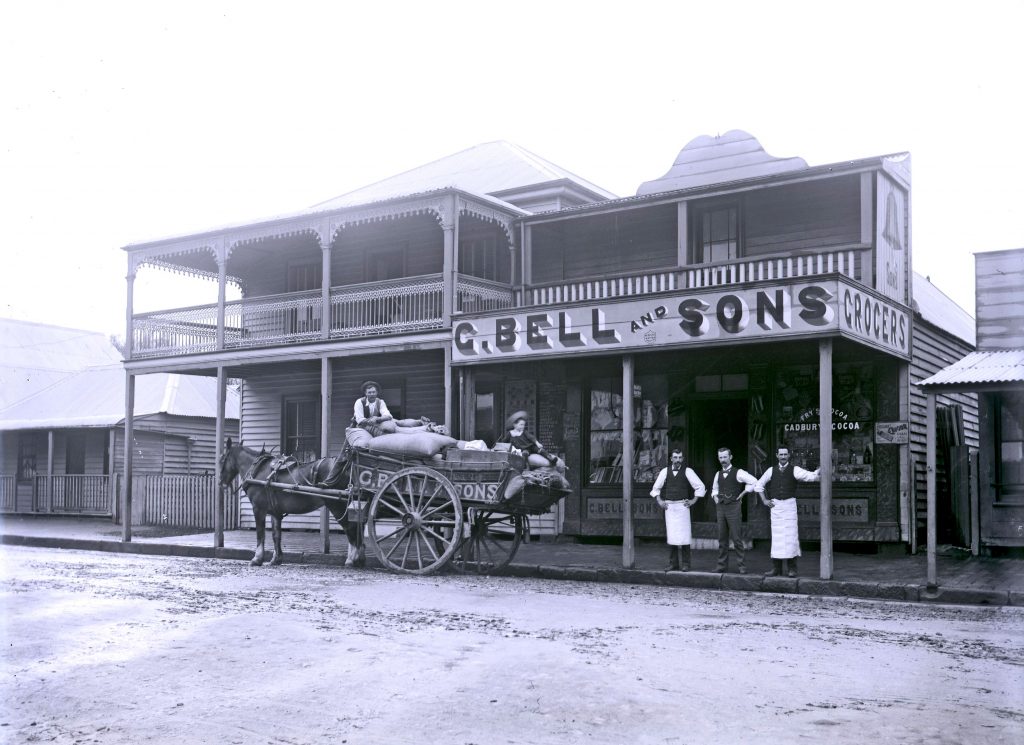
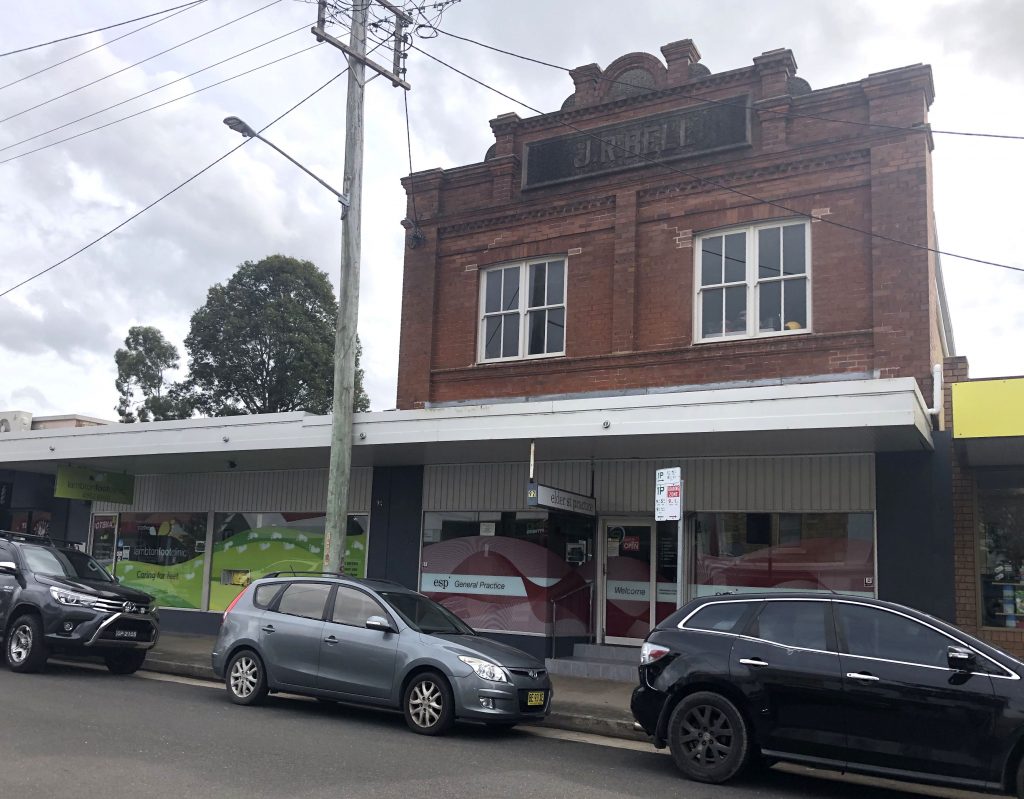

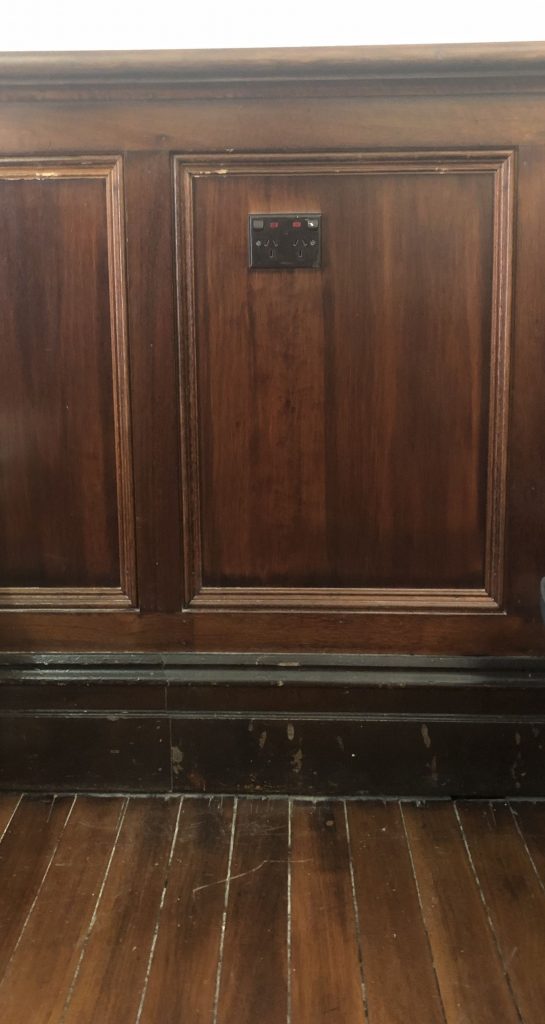


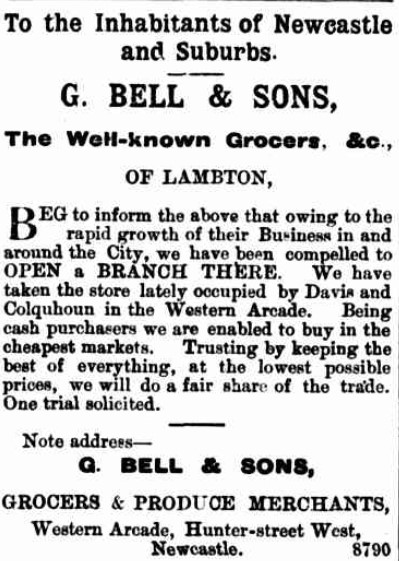
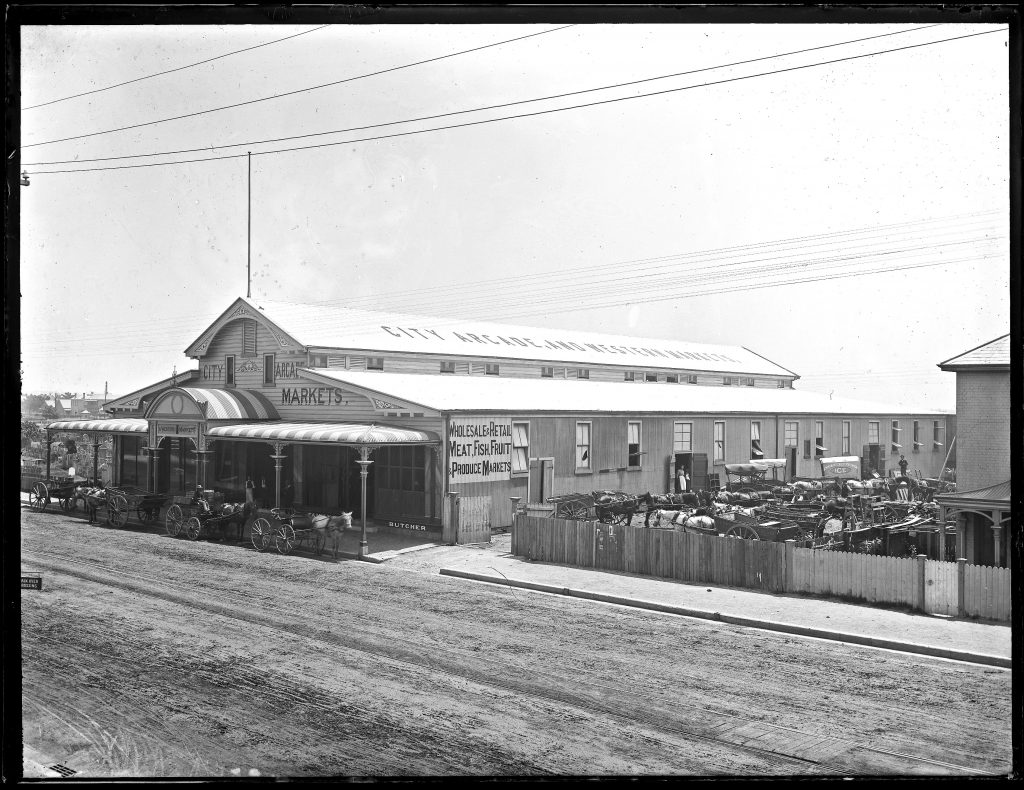

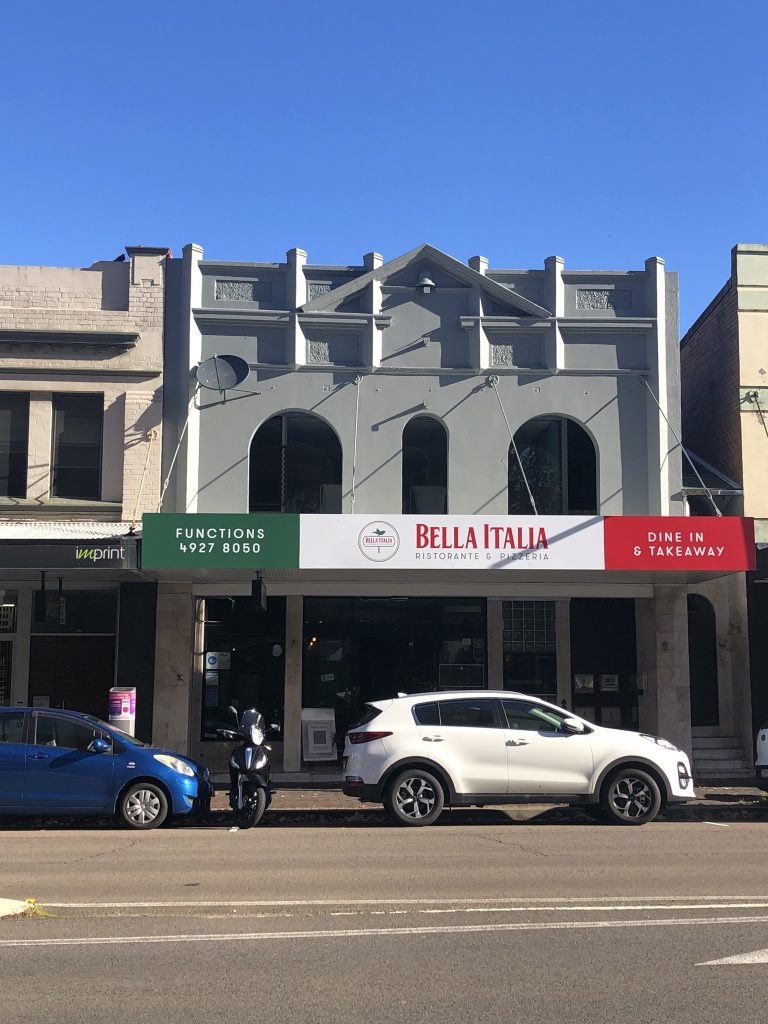
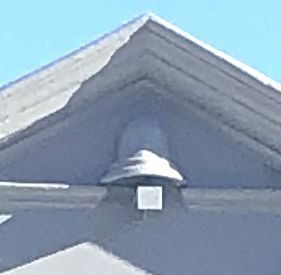

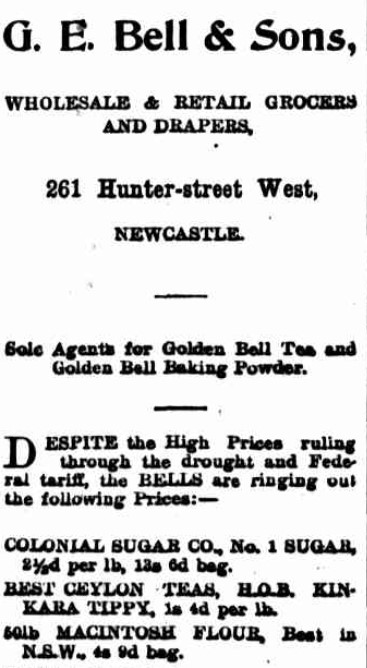
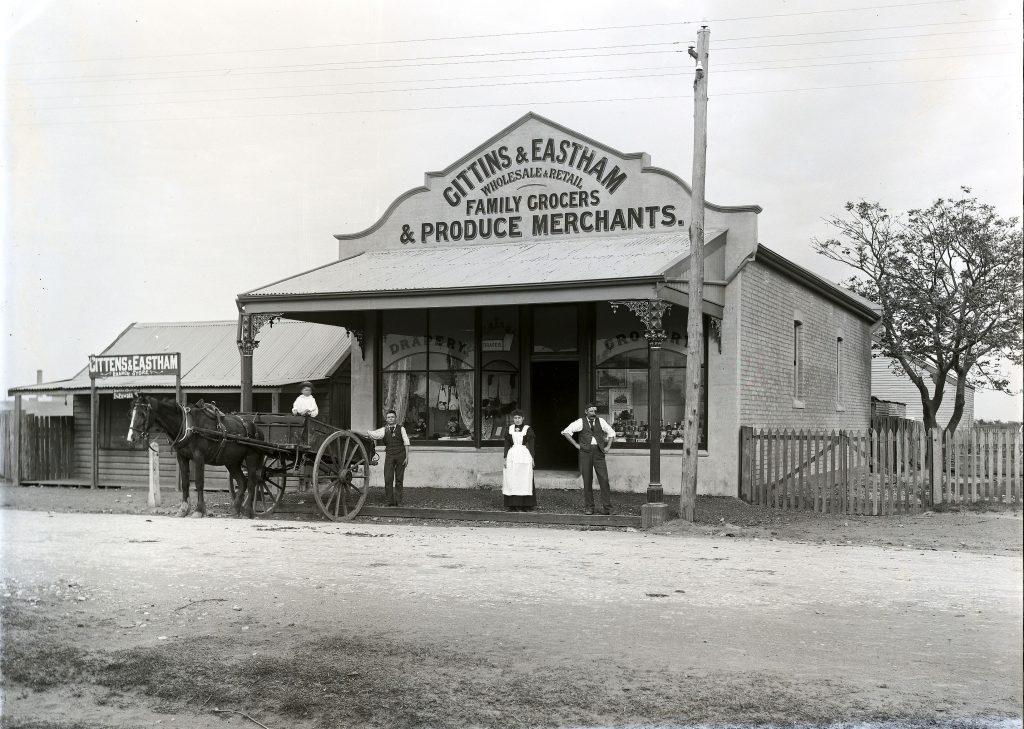
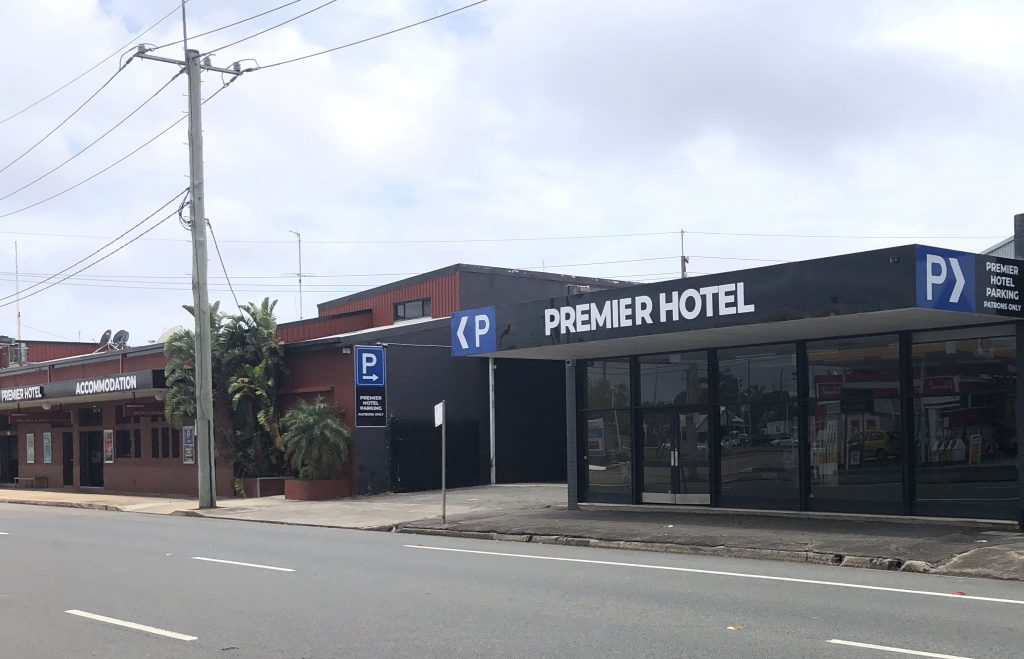

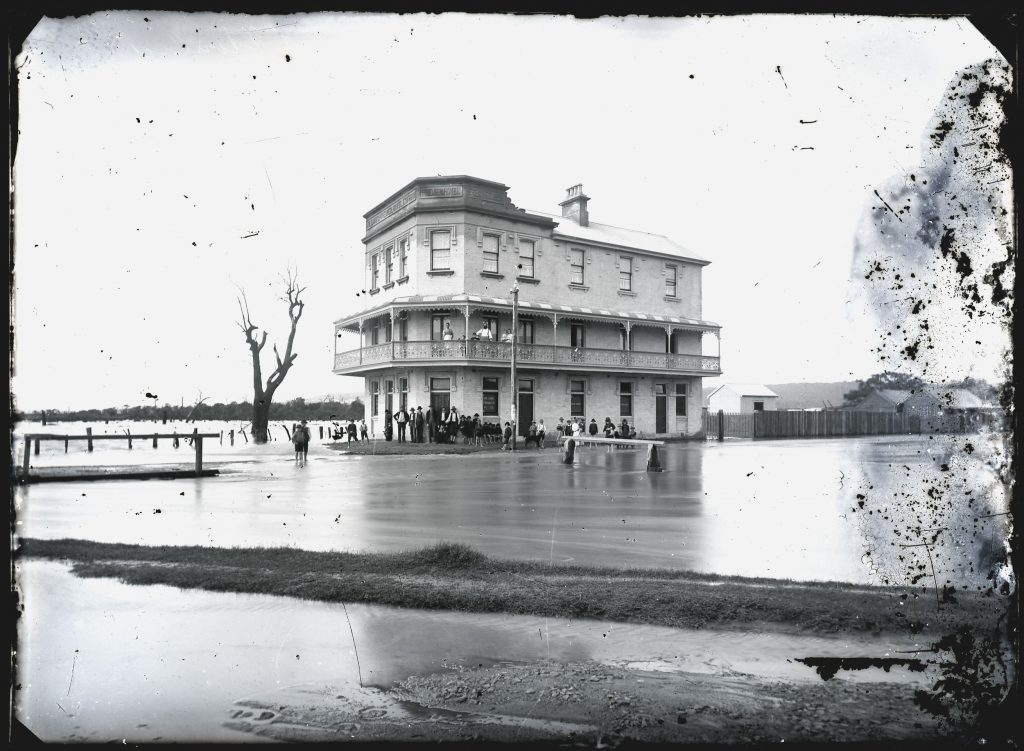


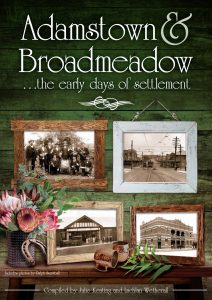
 But for Coles, it seems the 1st of January is the perfect time to start selling hot cross buns in readiness for Easter. Hop to it and don’t leave it too late to buy them – Easter’s only three and half months away!
But for Coles, it seems the 1st of January is the perfect time to start selling hot cross buns in readiness for Easter. Hop to it and don’t leave it too late to buy them – Easter’s only three and half months away!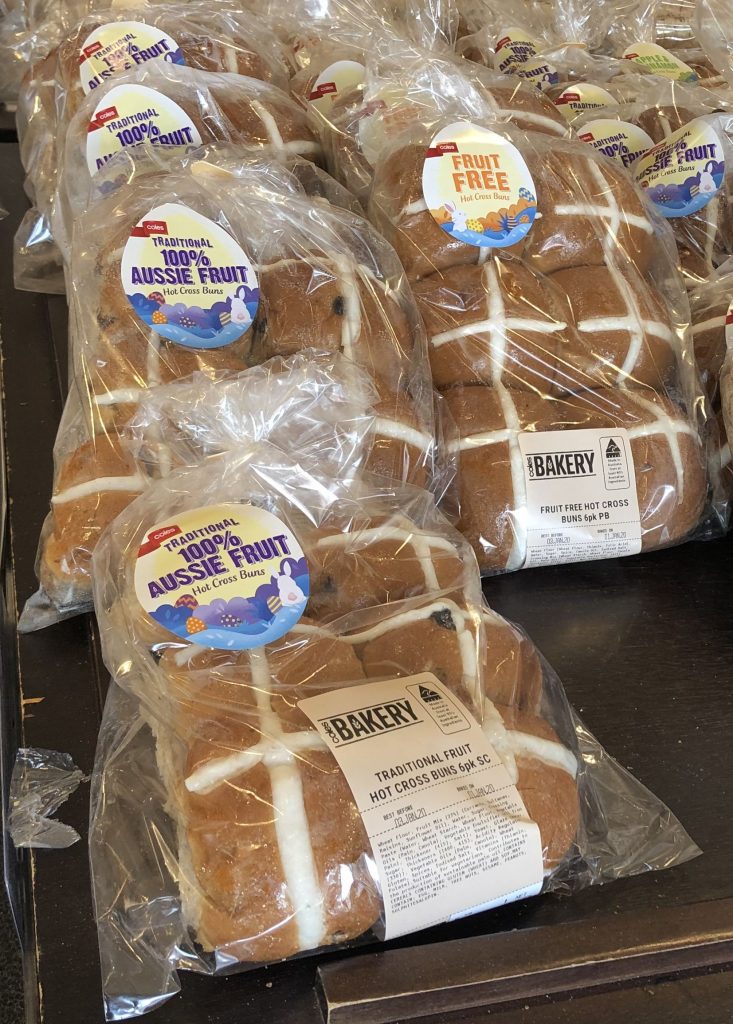
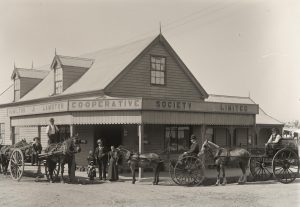
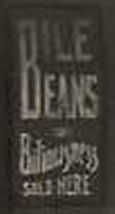

 For years retailers have been engaging in the annoying practice of asking customers to fill in a meaningless surveys to rate their performance. They are meaningless because the respondents are not a genuine random sample, the questions asked are often ambiguous and sometimes downright leading in the responses they are trying to elicit, and because the results of the survey probably just end up in some inscrutable graph in a PowerPoint presentation of a middle manager in the quarterly sales meeting.
For years retailers have been engaging in the annoying practice of asking customers to fill in a meaningless surveys to rate their performance. They are meaningless because the respondents are not a genuine random sample, the questions asked are often ambiguous and sometimes downright leading in the responses they are trying to elicit, and because the results of the survey probably just end up in some inscrutable graph in a PowerPoint presentation of a middle manager in the quarterly sales meeting.